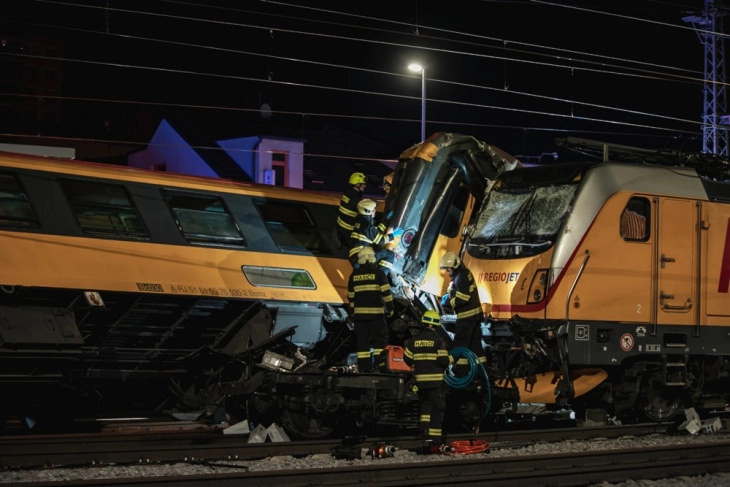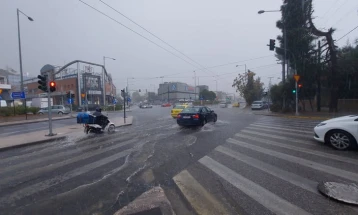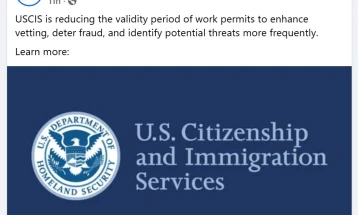Four dead, 23 injured as trains collide in Czech Republic
- Four people were killed and 23 more injured when a passenger train collided with a freight train in the Czech city of Pardubice, Interior Minister Vit Rakusan told state television early on Thursday.
- Post By Silvana Kocovska
- 09:27, 6 June, 2024

Prague, 6 June 2024 (dpa/MIA) - Four people were killed and 23 more injured when a passenger train collided with a freight train in the Czech city of Pardubice, Interior Minister Vit Rakusan told state television early on Thursday.
"The collision of the two trains in Pardubice is a big tragedy," Czech Prime Minister Petr Fiala wrote on X, offering his condolences.
"We are all thinking of the victims and the injured."
Out of the 23 people injured, 20 sustained minor injuries and three were moderately injured, Rakusan said.
According to the fire brigade, more than 300 people had been on board the passenger train.
Large numbers of firefighters, paramedics and doctors as well as two rescue helicopter were deployed to the scene of the accident, some 100 kilometres east of Prague.
Images showed the carriage located right behind the passenger train's locomotive had derailed and was badly damaged.
The affected train was a night express operated by private railway company Regiojet and had been enroute from Prague to Kosice in Slovakia.
Many Ukrainians use the connection via Slovakia to Chop in the far west of Ukraine to visit their home country. The uninjured passengers were taken by bus to emergency accommodation.
Rakusan and Transport Minister Martin Kupka immediately travelled to the accident site after receiving reports of the incident.
Kupka said that it was still too early to comment on the likely cause of the accident as investigations were still ongoing.
In the Czech Republic, recent fatal railway accidents in July 2020 and August 2021 have prompted calls for modernization of the railway infrastructure.
The government plans to implement the European Train Control System (ETCS) throughout the entire rail network by 2025 to improve safety.
Photo: EPA







